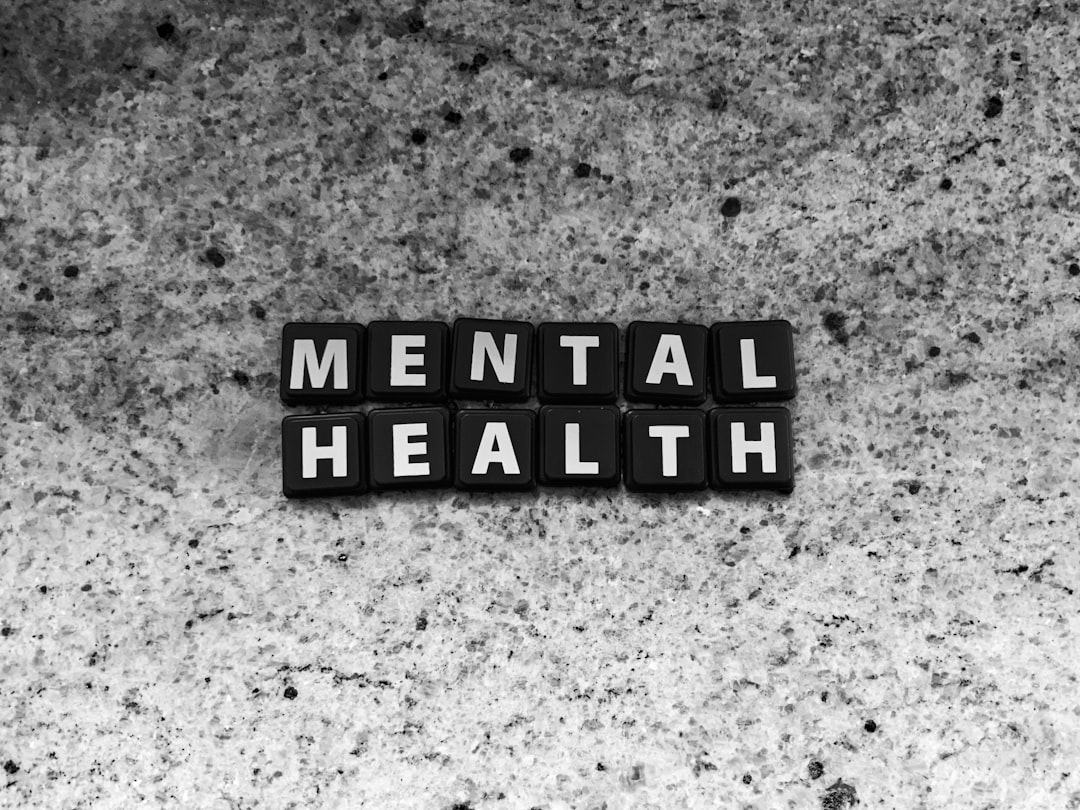
Holistic Approach to Healing Injuries and Trauma Through Advanced Care Strategies
In the realm of health and wellness, the holistic approach to healing injuries and trauma has gained significant recognition. This method emphasizes treating the whole person—mind, body, and spirit—rather than merely addressing physical symptoms. By integrating advanced care strategies, individuals can enhance their recovery journey and foster long-term wellness.
Understanding the Holistic Approach
The holistic approach recognizes that physical injuries or trauma often have emotional and psychological components. This perspective is supported by recent research, which indicates that emotional well-being significantly influences physical recovery. For example, studies show that individuals who engage in mindfulness practices during recovery experience reduced pain and improved healing times.
Key Components of Holistic Healing
-
Mindfulness and Meditation
Practicing mindfulness can help individuals manage stress, anxiety, and pain associated with injuries and trauma. Techniques such as meditation, deep breathing, and yoga promote relaxation and enhance overall well-being. -
Nutrition
Proper nutrition is vital for healing. A balanced diet rich in anti-inflammatory foods—such as fruits, vegetables, whole grains, and healthy fats—can accelerate recovery. Nutrient-dense foods provide essential vitamins and minerals that support tissue repair and immune function. -
Physical Therapy and Exercise
Engaging in appropriate physical activity is crucial for recovery. Tailored exercise programs designed by physical therapists can help restore mobility, strength, and function. Incorporating practices like tai chi or gentle stretching can also enhance flexibility and reduce tension. -
Emotional Support
Addressing the emotional impacts of injuries and trauma is essential. Support groups, counseling, or therapy can provide individuals with safe spaces to express their feelings and experiences. This support can significantly reduce feelings of isolation and promote healing. -
Alternative Therapies
Incorporating alternative therapies, such as acupuncture, chiropractic care, or massage therapy, can complement traditional treatment methods. Evidence suggests that these therapies can alleviate pain, improve mobility, and enhance relaxation.
Best Practices for Holistic Healing
To effectively implement a holistic approach to healing, consider the following best practices:
Set Realistic Goals
Establish achievable short-term and long-term recovery goals. Breaking down the healing process into manageable steps can prevent feelings of overwhelm and promote motivation.
Stay Informed
Educate yourself about your specific injury or trauma. Understanding the healing process and available treatment options empowers individuals to make informed decisions about their care.
Foster a Supportive Environment
Surround yourself with supportive friends, family, or professionals who encourage your healing journey. A positive environment can enhance resilience and promote emotional well-being.
Maintain a Balanced Lifestyle
Strive for balance in your daily life by integrating physical activity, nutritious eating, and relaxation techniques. This holistic approach ensures that all aspects of your health are addressed.
Common Misconceptions
“Holistic Means Alternative Only”
Many people associate holistic healing solely with alternative therapies. However, a true holistic approach combines conventional medicine with complementary practices, ensuring comprehensive care.
“Healing is a Linear Process”
Healing is often nonlinear and may involve setbacks. Understanding this can help individuals cultivate patience and resilience during their recovery.
Encouragement for Your Wellness Journey
Embracing a holistic approach to healing injuries and trauma can be transformative. Remember that recovery takes time, and prioritizing your health is a continuous journey. By integrating advanced care strategies, you can foster a deeper connection with your body and mind, leading to improved overall wellness.
Further Reading and Resources
Incorporating these resources into your healing journey can provide additional insights and support, helping you navigate the complexities of recovery.
The path to wellness is multifaceted, and by embracing a holistic approach, you can enhance your healing experience and create a healthier future. If you found this information valuable, consider sharing it with others who may benefit from a holistic perspective on healing.


